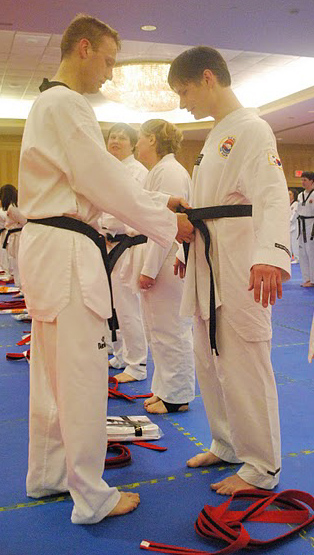Unfortunately, these days I do a lot of driving. I say “unfortunately” for two reasons: the environmental impact (although I drive an extremely eco-friendly car, as cars go) and because the driving means more time spent away from my family.
Driven to think
But there are benefits from my drives, and one of the biggest is the chance to sit and think, alone and uninterrupted. I’ve come up with any number of writing ideas–books, stories, articles, blog posts, forum topics, and so on–plus solutions to mundane life problems, ways to attack complicated tasks, insights into my personal relationships, and so on. Perhaps most beneficially of all, I often use time alone in the car to think through my own mental and emotional state, as a way to reflect, clarify, understand, and transform.
This kind of thinking doesn’t have to happen in a car, of course: I can talk with friends, family members, or mentors; write in journals or word processing files; reflect while out walking; or take other steps (see “How Feedback Loops Maintain Self-Motivation“). But I have to admit that being alone in a car has been better than any other method I’ve yet found for getting through the uncomfortable business of really looking at my thoughts, my problems, my baggage, and my bad habits.
The uncomfortable silence
I’m used to getting started thinking about my life. Sometimes it comes automatically, as when something’s been bothering me and my wandering mind seizes on it and begins to tease out the contributing factors. Other times I have to dig in intentionally, either to try to address a particular problem or to find out why I’m feeling the way I am at that moment.
The hard part is the uncomfortable silence. You may be familiar with it: it’s when you’ve had the first glimmers of self-reflection but haven’t yet really dug in, so you’re tempted to turn on the radio, listen to an audiobook, call someone on a cell phone, or do anything else to stop the quiet. My thoughts at these times are usually along the lines of “I’m too tired to deal with that right now,” “I wonder what’s happening in the news?” and “I should probably finish up with that audiobook so I can bring it back to the library.” There are clues that I’m about to think about something that isn’t ego-gratifying or fun, and my gut instinct is to avoid delving.
But I’ve done this kind of thinking enough to recognize those moments, and the discomfort itself these days stands out to me like a blinking red light: “Oh,” I think. “Looks like I’ve got a bite!” Then, most of the time, I sit and wait for it to really come out. There are times when I give in to the urge to go to the radio or to listen to my current Kindle book or to call someone, which is fine in its way, even if not ideal, but when I steer clear of those distractions, I’m usually rewarded.
Why it’s worth pushing through the uncomfortable part
My reward for outlasting the uncomfortable period is that I often get to whatever’s making me uncomfortable in the first place and have a chance to first recognize it, then do something about it. For instance, I might realize that I’ve been acting in a way that I don’t like, or that I need to put more time and effort into something neglected.
What’s especially great about this is that digging into something that’s causing me pain and making me uncomfortable tends to make the pain and discomfort go away. I start feeling I’m on top of the problem and get to experience some optimism that things will be better with it in future.
But if habits were easy to change and thought patterns were easy to fix, our bad habits and patterns of negative thinking wouldn’t occur in the first place. The discomfort around difficult issues is one of the reasons those issues can continue doing us harm: it prevents us from digging in by scaring us off. If we get in the habit of pushing through that discomfort, then we have much more power over our own emotions and hang-ups.
Comfortable silences
Of course, there are times when reflection pays off without any discomfort. One especially useful form of this is spending time thinking about goals paying off: in effect, we can live in a future in which something wonderful has happened, simultaneously getting joy out of the future event and increasing motivation for working toward that future.
For more on that subject, see “Motivation through visualization: the power of daydreams.”
Photo by John ‘K’











